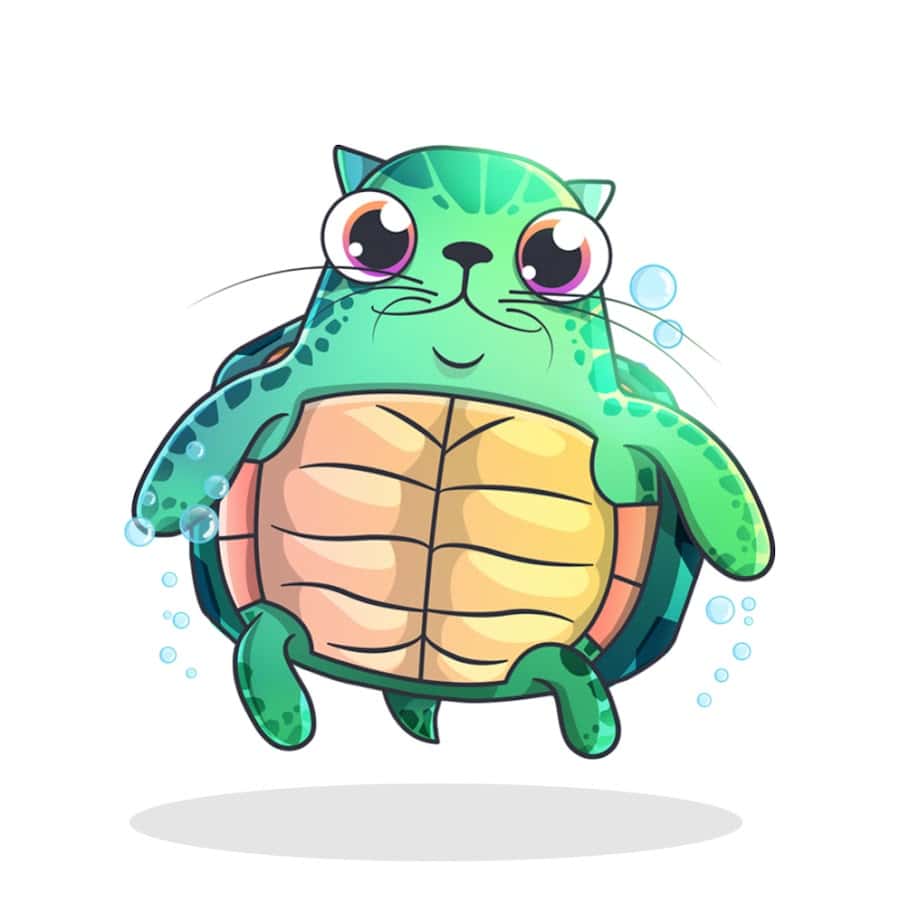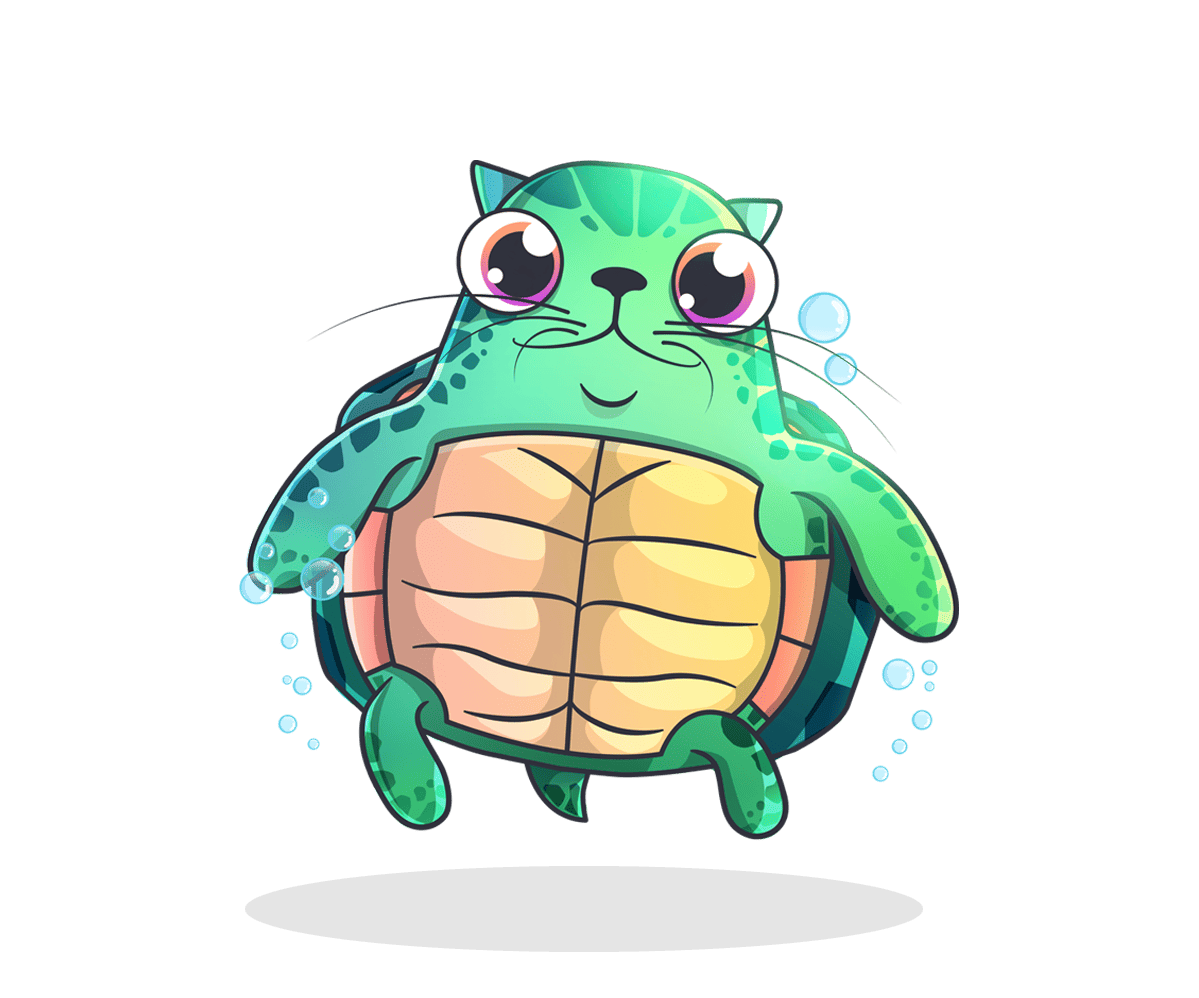
Author: Whiteboard Crypto
WhiteboardCrypto is the #1 online resource for crypto education that explains topics of the cryptocurrency world using analogies, stories, and examples so that anyone can easily understand them. Growing to over 870,000 Youtube subscribers, the content has been shared around the world, played in public conferences and universities, and even in Congress.
